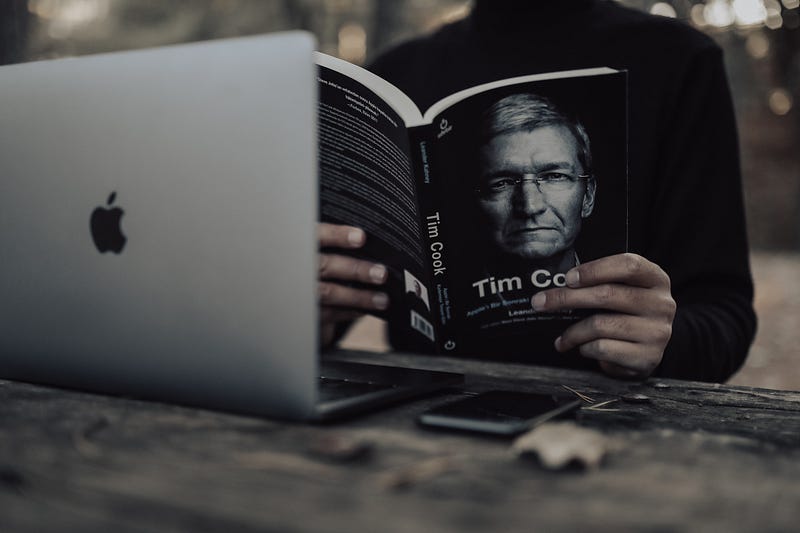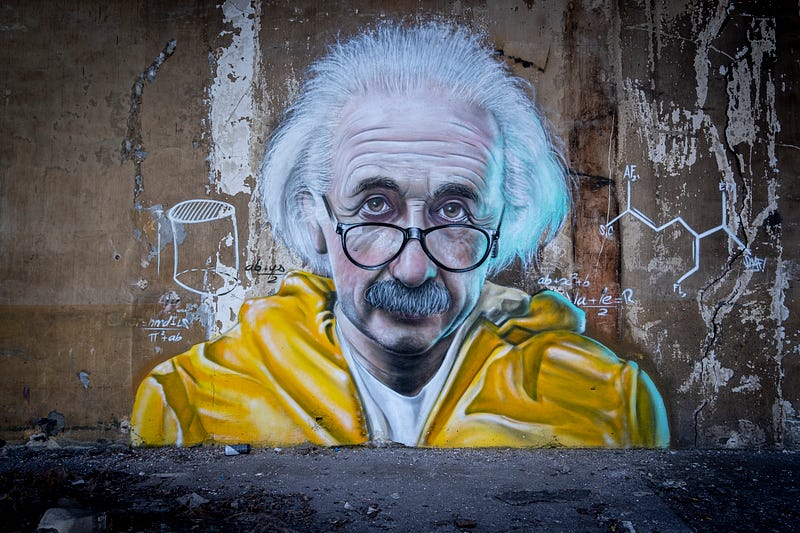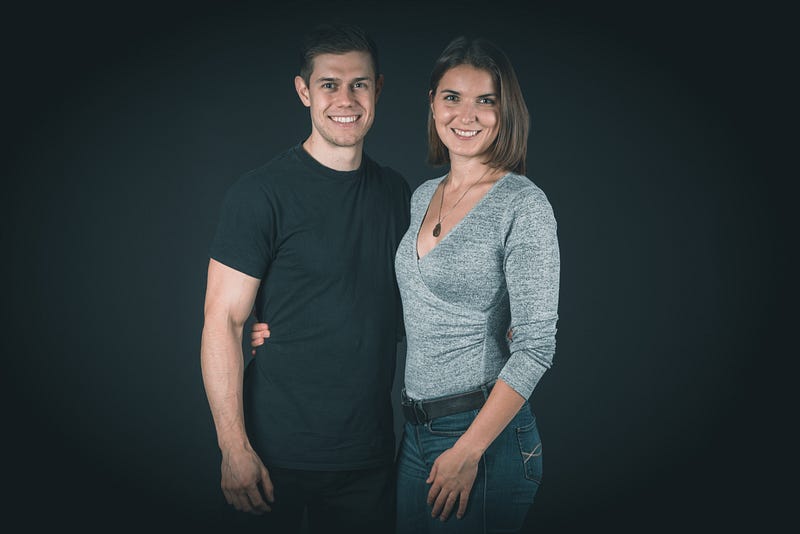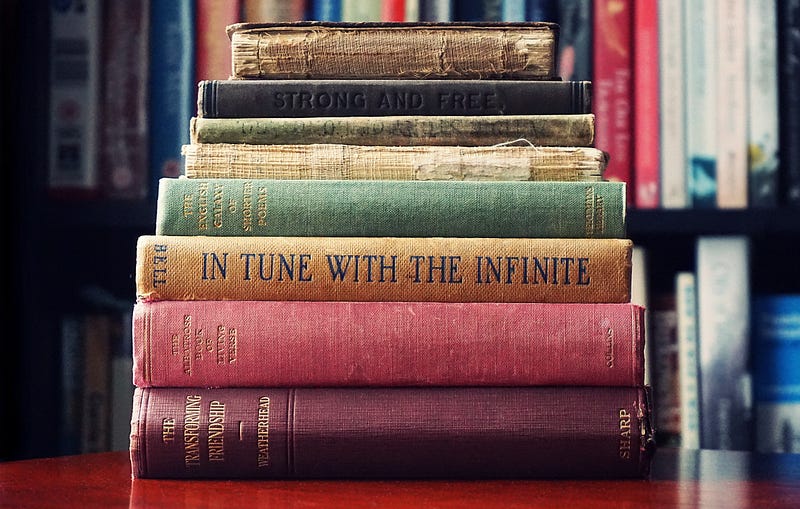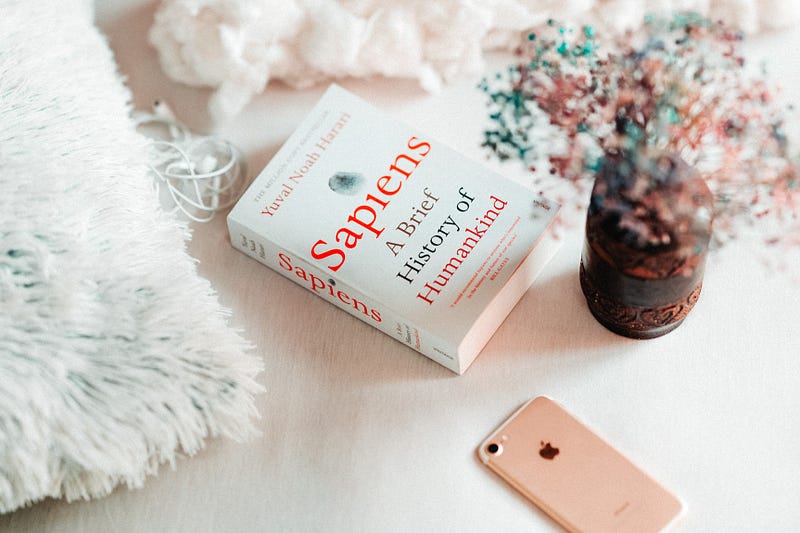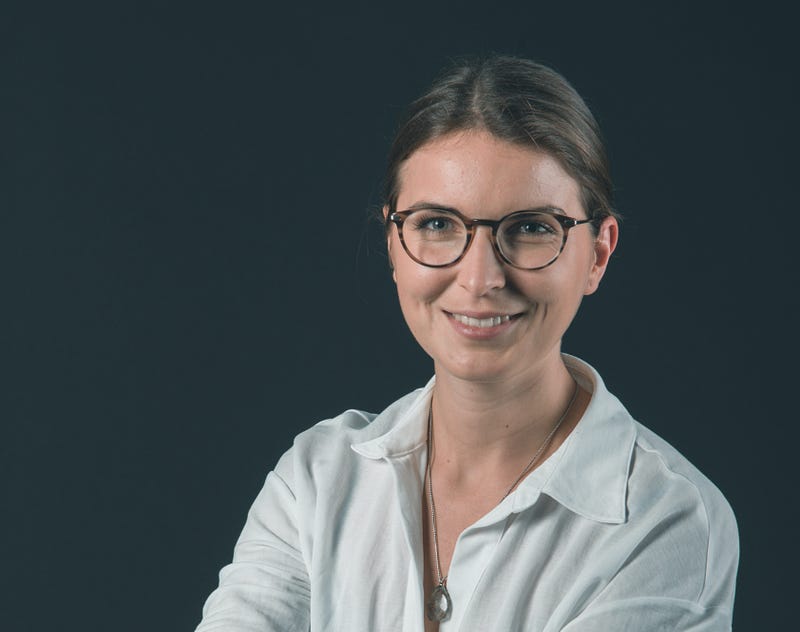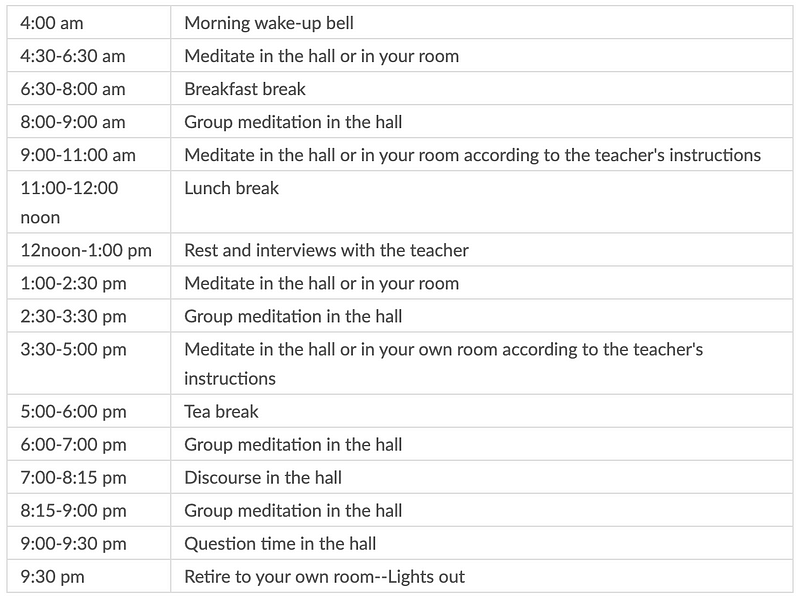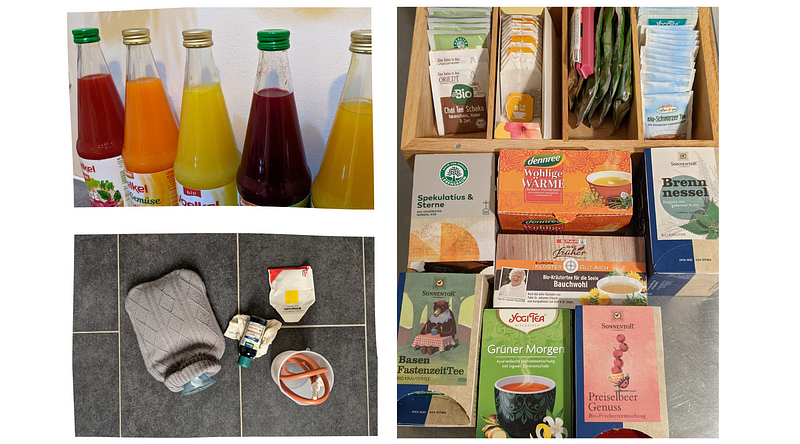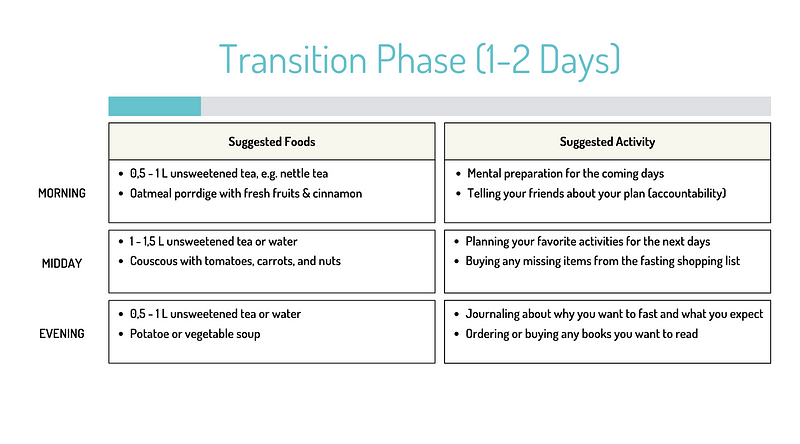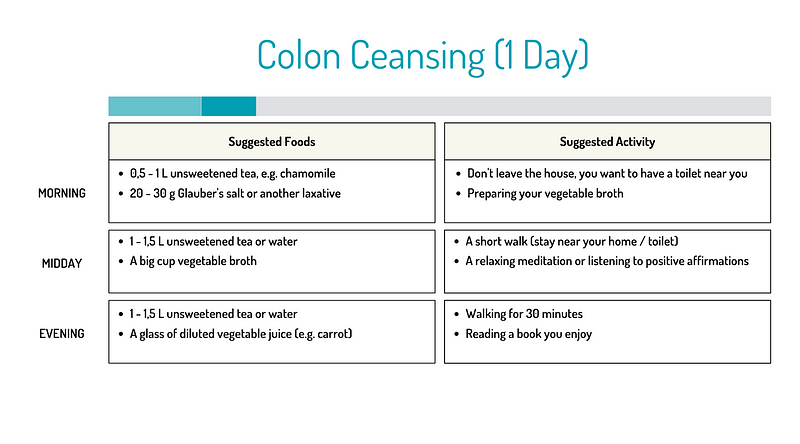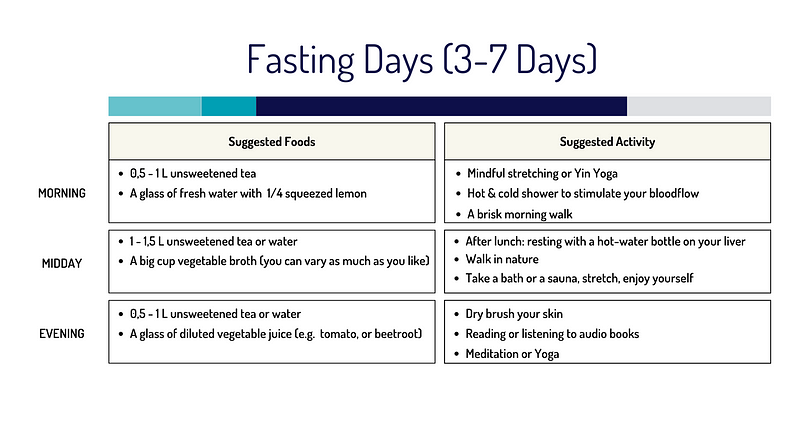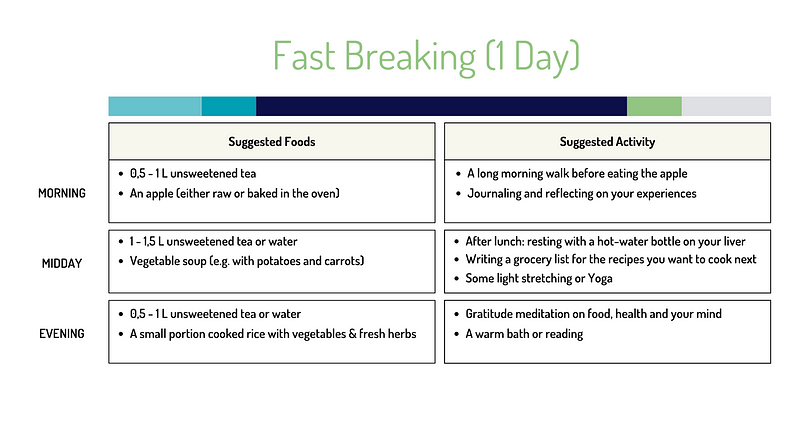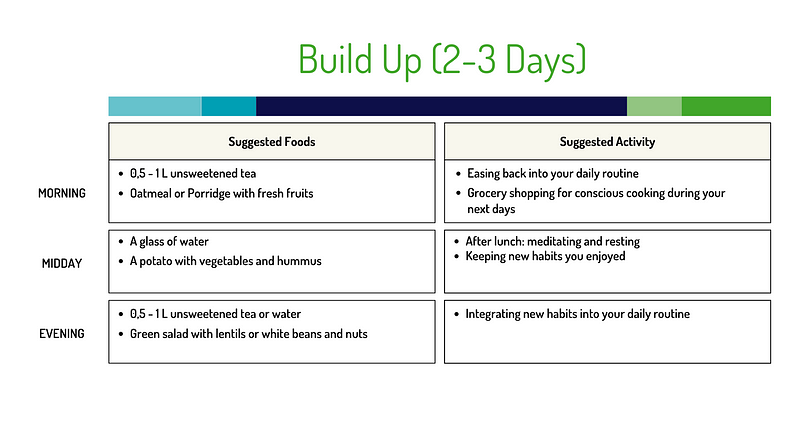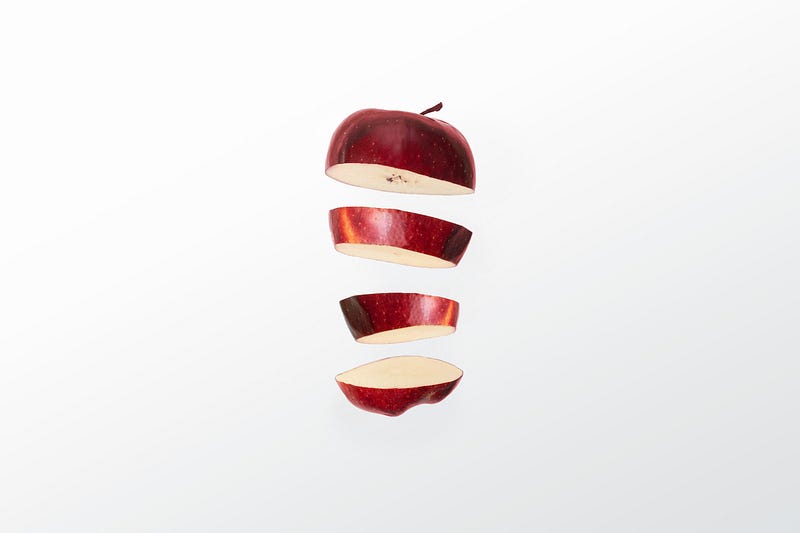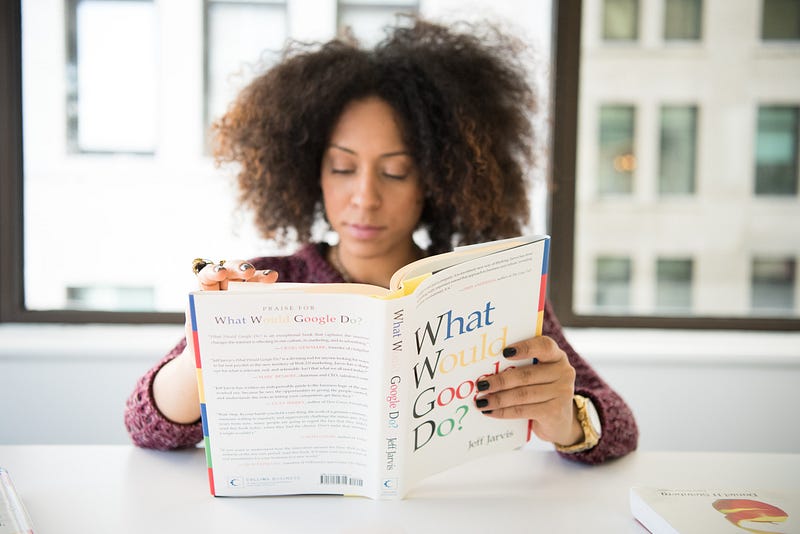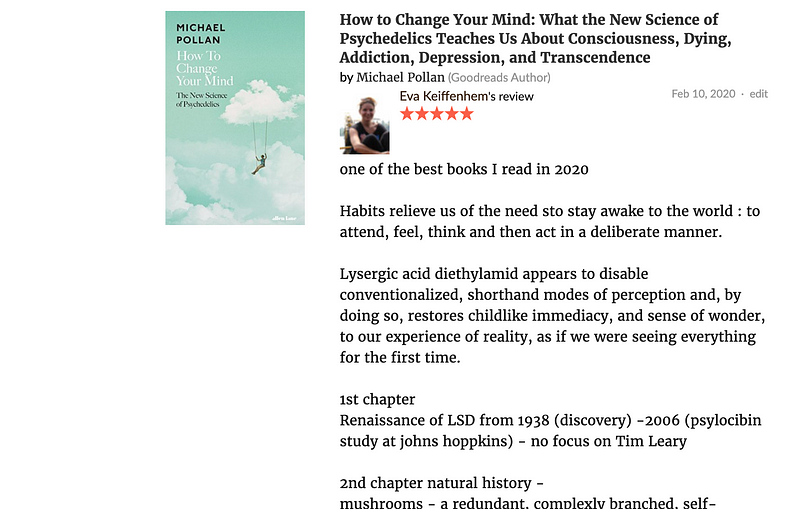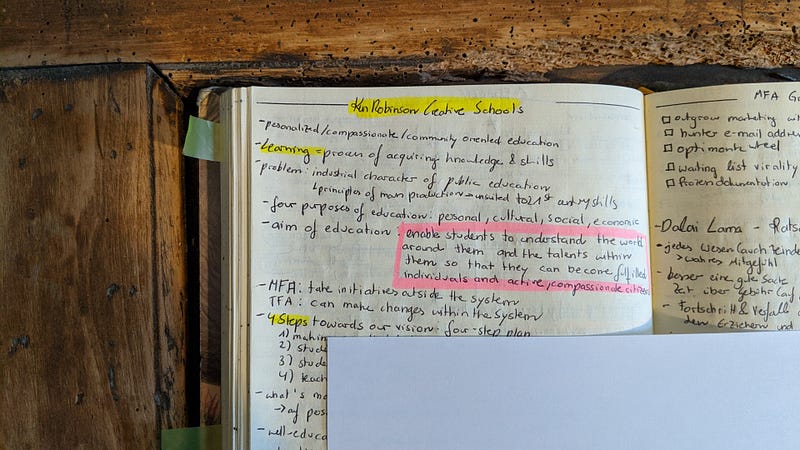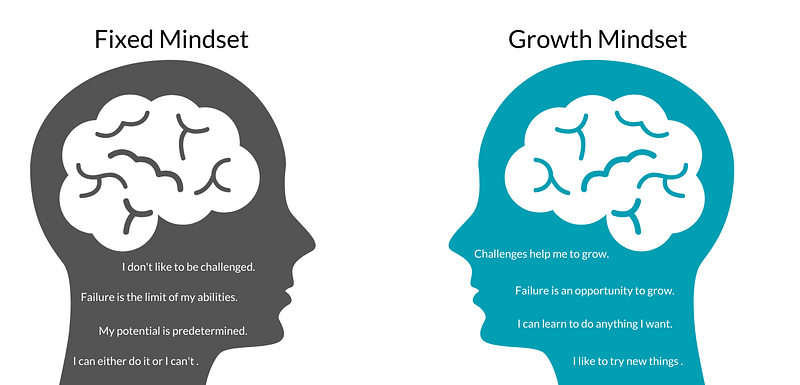A guide from one of the greatest authors.

For the last 12 months, I’ve been absorbing advice from world-class writers.
One of the most useful books I read is Stephen King’s On Writing. He describes his writing journey and applicable lessons he learned along the way.
To date, King published 62 novels and is among the richest authors of our time. Here are his best tips.
1. You can learn only by doing
“You don’t need writing classes or seminars any more than you need this or any other book on writing. […] You learn best by reading a lot and writing a lot, and the most valuable lessons of all are the ones you teach yourself.”
— Stephen King
Every successful writer follows a writing schedule. King writes every morning. But the time doesn’t matter. What matters is that you sit down and write.
I read his book, searching for a secret sauce. But there’s none. If his success teaches us one thing, it’s that there are no shortcuts. You have to read a lot and write a lot.
2. Use rejections as resilience practice
“By the time I was fourteen (…) the nail in my wall would no longer support the weight of the rejection slips impaled upon it. I replaced the nail with a spike and went on writing.”
— Stephen King
As a young boy, King put the nail in his wall to collect the publisher’s rejection slips. But he didn’t look at it and feel discouraged. Instead, he used these slips as reminders for trying harder.
We all face rejection and failure. What differentiates the mediocre from the most successful writers is they never stop. Rejections don’t matter. But our reaction does.
Whenever you read a publisher’s ‘no,’ remember young King. Persistence ultimately pays off.
3. You should be the only person to judge your work
“I kept hearing Miss Hisler asking why I wanted to waste my talent, why I wanted to waste my time, why I wanted to write junk!”
— Stephen King
A movie inspired King to write his first commercial stories. After a cinema visit, he summarized the thriller on paper. He then printed the story and sold copies at his school. Another time, he wrote some not-so-kind words about one of his teachers for the school paper.
Both times teachers denounced his writing. They asked him to stop. When he didn’t, they sent him to work for a journal. King’s first paying job as a writer was the sports paper for a small-town.
Based on the teacher’s words, he depreciated writing horror stories. He thought of them as something serious people don’t do. Yet, he trusted his instincts and continued. If King followed his educator’s advice, he would have never become a world-class author.
Don’t stop because other people tell you to quit. There’s only one person who should choose what to do — you.
4. Treasure your relationships
“Writing is a lonely job. Having someone who believes in you makes a lot of difference. They don’t have to make speeches. Just believing is usually enough.”
— Stephen King
Carrie is King’s first published novel. But when he wrote the first pages, he didn’t like what he saw and tossed them into the bin. His wife found the pages. She was curious how the story of the 16-year-old girl with telepathic power would continue and urged King to continue.
Your loved ones believe in you when you fail to believe in yourself. Relationships provide crucial mental support for writers.
5. Master the art of deep work
“There should be no telephone in your writing room, certainly no TV or videogames for you to fool around with. Eliminate every possible distraction.”
— Stephen King
Cal Newport wasn’t born when King published his first novels. But likely, King’s work routine served as inspiration for ‘Deep Work.’
He creates a distraction-free environment. He banned his telephone, TV, videogames, and even YouTube from his writing space. That’s how King writes 2,000 words a day. He creates a 180,00 words novel in three-months.
If you get three focused hours of uninterrupted creation time, you solve most of your time management issues. Because once you’re in deep work and focus for an extended period, you immerse yourself in the activity in front of you.
When I write an article with LinkedIn open and my phone within reach, it takes me 5–6 hours. When I’m undistracted, I finish in 2–3. The equation is as follows:
High-Quality Work Produced = (Time Spent) x (Intensity of Focus)
6. Diffused thinking is as important as focused thinking
“Pow! Two unrelated ideas, adolescent cruelty and telekinesis, came together, and I had an idea.”
— Stephen King
To tackle any large task, our brains use the diffuse and focused mode. They have different purposes and to do your best work you need both of them.
We often optimize our days for focused mode thinking, for example, through deep work, flow states, and other highly productive sessions. Much of the learning process happens in this focused mode of thinking.
Yet, the diffuse mode is equally valuable. It only occurs when our minds can wander, e.g., during taking a shower or going for a lonely walk. Without actively thinking, our subconsciousness works on problems. While we feel like taking breaks, our mind continues to work for us.
King shares that the best novel ideas occurred to him while showering, driving, and taking his daily walk. Give your mind regular breaks. Your creativity will thank you for it.
7. 2nd Draft = 1st Draft — 10%
“The shorter the book, the less the bullshit.”
— Stephen King
On one of his rejection slips, an editor gave him invaluable advice. He wrote to him: “You need to revise for length. Formula: 2nd Draft = 1st Draft — 10%.” Here are some easy fixes for how to do it:
- Replace adverbs with stronger verbs: The women said silently. → The women whispered.
- Delete unnecessary “that’s” whenever you can. He feared that his brother loved the sandwich. → He feared his brother loved the sandwich.
- Exchange nouns for verbs: He made the decision to meditate daily. → He decided to meditate daily.
Kill needless words and shorten long phrases. Or, as King says: “Kill your darlings, kill your darlings, even when it breaks your egocentric little scribbler’s heart, kill your darlings.”
8. Use the first words that come to your mind
“One of the really bad things you can do to your writing is to dress up the vocabulary, looking for long words.”
— Stephen King
It’s tempting to dress up your vocabulary. But when we try too hard, our writing becomes unnatural. It might even feel unrelatable.
Don’t disguise your language. Don’t obsess over the thesaurus for unnecessary fluff. The first word that comes to your mind is most often also the best one.
The best writers I know don’t try to sound intelligent. They use simple words in powerful ways. Whenever you catch yourself searching for ‘professional’ words, stop. Instead, use the vocabulary that first comes to your mind.

